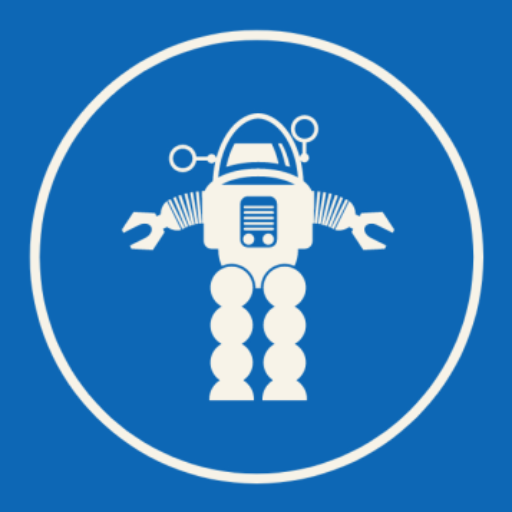Latest from MIT : Subtle biases in AI can influence emergency decisions
It’s no secret that people harbor biases — some unconscious, perhaps, and others painfully overt. The average person might suppose that computers — machines typically made of plastic, steel, glass, silicon, and various metals — are free of prejudice. While that assumption may hold for computer hardware, the same is not always true for computer…
